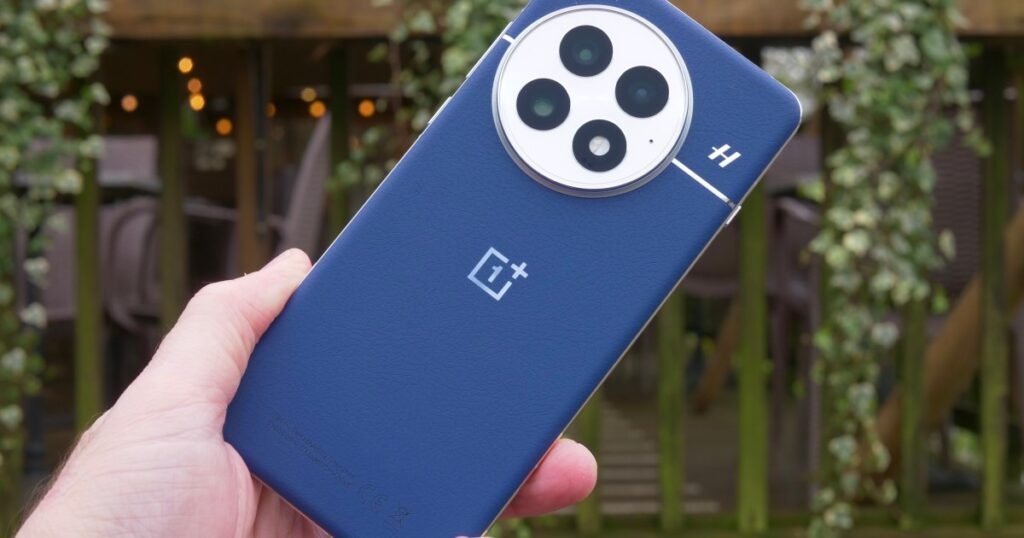Android smartphones have always offered a spectrum of choices, from budget-friendly devices to premium flagships. But after using the OnePlus 13, I’ve found it nearly impossible to return to other Android phones. Here’s why this device has reshaped my expectations—and not necessarily in a way that feels liberating.
A Display That Sets Unrealistic Standards
The OnePlus 13’s Fluid AMOLED 2.0 display isn’t just vibrant; it’s too good. With a 120Hz adaptive refresh rate, HDR10+ certification, and a peak brightness that makes sunlight look dim, every other screen now feels outdated. Scrolling through social media or watching videos on competing devices now triggers an involuntary squint—a reaction I never had before.
Performance That Feels Unfair
Powered by the Snapdragon 8 Gen 4 chipset and paired with 16GB of LPDDR6 RAM, the OnePlus 13 obliterates lag. Multitasking, gaming, and app-switching are so seamless that even minor stutters on other phones feel like dealbreakers. The optimization of OxygenOS 14, which merges stock Android’s simplicity with OnePlus’s signature tweaks, adds to this frustration. Why can’t all Android skins feel this intuitive?
Battery Life That Spoils You
The 5,500mAh battery, combined with 100W wired and 50W wireless charging, has rewritten my relationship with power outlets. A full charge in under 25 minutes and two days of moderate usage aren’t just conveniences—they’re privileges. Now, phones requiring midday top-ups or slow charging feel like relics of a bygone era.
A Camera That Demands Perfection
The Hasselblad-tuned triple-camera system on the OnePlus 13 captures details I didn’t know smartphones could detect. Low-light photography, once a weakness for many Android devices, now looks artificially grainy on rivals. The ultra-wide and telephoto lenses are so consistent that I’ve stopped carrying a dedicated camera—something no other Android phone has achieved for me.
The Curse of Elevated Expectations
What makes the OnePlus 13 “ruinous” isn’t just its specs—it’s the holistic experience. The aluminum frame, matte glass back, and haptic feedback that mimics tactile buttons create a premium feel that’s hard to replicate. Even small touches, like the alert slider and stereo speakers, feel essential now. Switching to another device leaves me searching for features that simply don’t exist elsewhere.
Disclaimer
This article reflects the author’s personal opinions and experiences with the OnePlus 13. This article is written manually without the use of artificial intelligence tools and follows Google’s guidelines for original, non-copyrighted content. No endorsement or partnership with OnePlus or related entities is implied. All product names, logos, and brands are the property of their respective owners.
This text is written by the author of the site and fully complies with Google’s policies.
